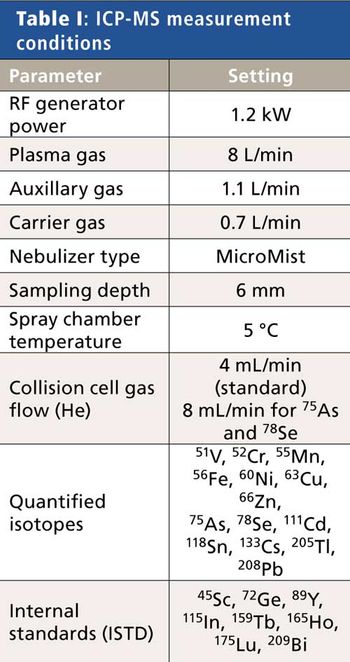
Special Issues
The nutritional value of food depends on many components, including vitamins and minerals. While both of these occur naturally, they are also commonly added during processing to increase the nutritional content. Naturally occurring nutrients enter plants (and ultimately animals who consume plants) from the soils in which they grow, so it is equally important to monitor the nutrient content of both soil and final food products. Since the number of elemental nutrients is limited and they are present at relatively high concentrations, ICP-OES is an ideal technique for their measurement in soil and food. This work will focus on the elemental nutrient analysis of soils and two categories of food products: milk and fruit juice, whose nutritional content is particularly important as they are commonly consumed by young children.


